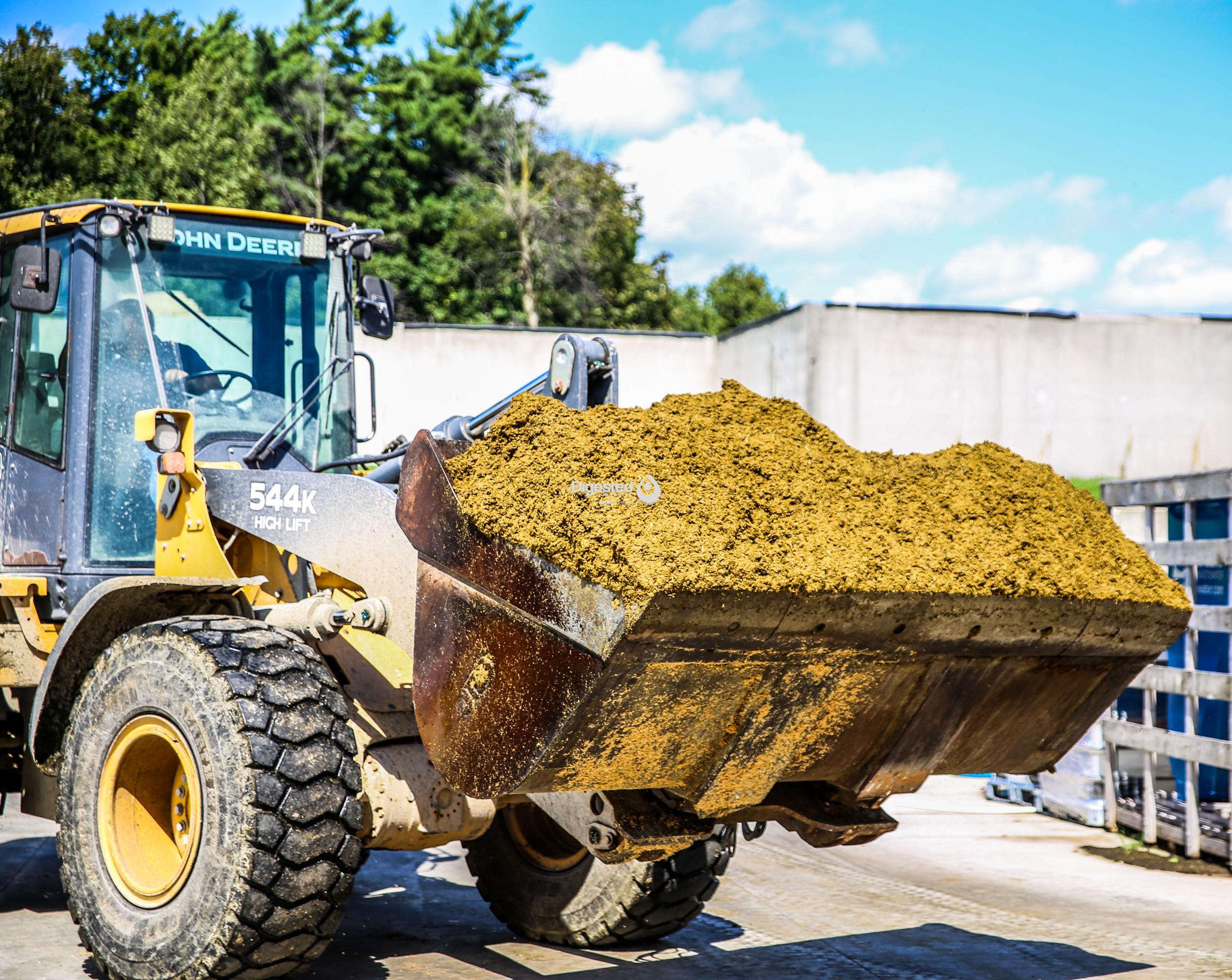

It was suggested that the additional anoxic tank enhanced the sludge digestion. This process also achieved a VSS reduction efficiency higher than the aerobic digestion process (control). In the semicontinuous process, the VSS reduction efficiency as well as the nitrogen removal efficiency increased remarkably under a constant Q /SUB r/ /Q /SUB s/ ratio of 2. The semicontinuous process was used to improve the nitrogen removal efficiency further.


The maximum percent reduction of both VSS and TN was achieved at a Q /SUB r/ /Q /SUB s/ ratio of 2 in the continuous process. The removal efficiencies of both VSS and TN were investigated by feeding waste-activated sludgemore » continuously and semicontinuously. In this study, the anoxic- aerobic sludge digestion system which is a modified form of the conventional aerobic sludge digestion is made up of aerobic and anoxic tanks and are designed to remove both the volatile suspended solids and the total nitrogen (TN) simultaneously. Stabilization of waste-activated sludge through the anoxic- aerobic digestion processĭuring the aerobic digestion process, the nitrogen which had been embedded in the activated sludge is solubilized to form ammoniacal and nitric nitrogen which are in turn transferred to the liquor and cause the increase of nitrogen loading in the sewage treatment plant. Membrane thickening aerobic digestion processes offer many advantages including: producing a reusable quality permeate with minimal levels of total phosphorus and nitrogen that can be recycled to the head works of a plant, protecting the performance of a biological nutrient removal liquid treatment process without requiring chemical addition, providing reliable thickening up to 4% solids concentration without the use of polymers or attention to decanting, increasing sludge storage capacities in existing tanks, minimizing the footprint of new tanks, reducing disposal costs, and providing Class B stabilization. Membrane thickening aerobic digestion processes can handle sludge from any liquid treatment process and is best for facilities obligated to meet low total phosphorus and nitrogen discharge limits. This process typically features an anoxic tank, an aerated membrane thickener operating in loop with a first-stage digester followed by second-stage digestion. A membrane thickening aerobic digestion process integrates a controlled aerobic digestion process with pre-thickening waste activated sludge using membrane technology. Sludge management accounts for approximately 60% of the total wastewater treatment plant expenditure and laws for sludge disposal are becoming increasingly stringent, therefore much consideration is required when designing a solids handling process. Membrane thickening aerobic digestion processes.


 0 kommentar(er)
0 kommentar(er)
